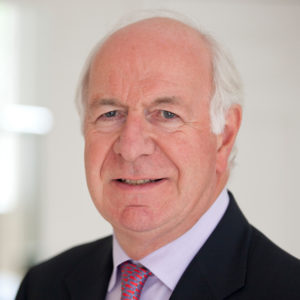medwireNews: Data from two large observational studies show that children treated in the USA receive a higher dose of the commercial growth hormone (GH) somatropin and are taller, older, and more likely to be boys than girls relative to those treated in Europe.
“In both regions, diagnoses, and therefore treatment start, occurred later than optimal to improve growth”, report Lars Sӓvendahl (Karolinska University Hospital, Stockholm, Sweden) and colleagues in the Journal of Clinical Endocrinology & Metabolism.
Indeed, the mean age at treatment start in the US-based ANSWER trial ranged from 9 to 11 years depending on the treatment indication and excluding patients with Prader–Willi Syndrome (PWS). In the Europe-based NordiNet IOS that range was 8 to 10 years.
The two multicenter longitudinal trials each included almost 20,000 children with GH deficiency, Turner syndrome, Noonan syndrome, idiopathic short stature, PWS, or who were born small for gestational age, who began GH treatment before 18 years of age.
In both trials there were more boys than girls, but the proportion was higher in ANSWER than in NordiNet IOS (69 vs 57%). Furthermore, the sex difference was more highly skewed toward boys in the USA compared with Europe for all indications except PWS, for which the reverse was true. This suggests that “at least some of the sex imbalance in the USA arises from factors other than biology”, the researchers remark.
The proportion of boys was higher for older (≥3 years) than for younger patients in both ANSWER (74.8 vs 62.7%) and NordiNet IOS (66.9 vs 59.1%), but baseline GH peak (<7 vs ≥7 ng/mL) had no impact on referral patterns by sex, indicating “that boys were not more or less GH-deficient at referral than girls”, says the team.
Across indications, children were taller at treatment start in ANSWER (height standard deviation score [HSDS]=–1.30 to –2.54) than in NordiNet IOS (HSDS=–1.94 to –2.97), which Sävendahl et al say could be because children in ANSWER were allowed to have had up to 6 months of GH treatment before enrolment, or because they were generally older at treatment start than those in NordiNet IOS.
The mean GH dose at baseline ranged from 0.033 to 0.054 mg/kg per day in ANSWER and from 0.027 to 0.043 mg/kg per day in NordiNet IOS, which was generally within the approved doses for somatropin per indication. An exception was the European dose given for Turner syndrome (0.043 mg/kg per day) which was “noticeably below” the approved dose, the authors note.
Despite the limitations of large, observational studies, including changes in approvals for indications and recommended doses during the study period (2002–2016), Sävendahl and co-investigators believe their findings “provide a wealth of real-world data, enabling comparison of treatment practices between the USA and Europe in [Noonan syndrome] and PWS.”
They say: “The data describe the characteristics of patients that clinicians could expect to meet in everyday clinical practice, and highlight areas where improvements could be considered, such as earlier identification of patients and, in some cases, adjustments to GH dosing.
“The results also provide reassurance regarding the safety of GH, especially since no increased safety risks were evident in data from the USA, where consistently higher doses of GH were used.”
By Laura Cowen
medwireNews is an independent medical news service provided by Springer Healthcare. © 2019 Springer Healthcare part of the Springer Nature group


